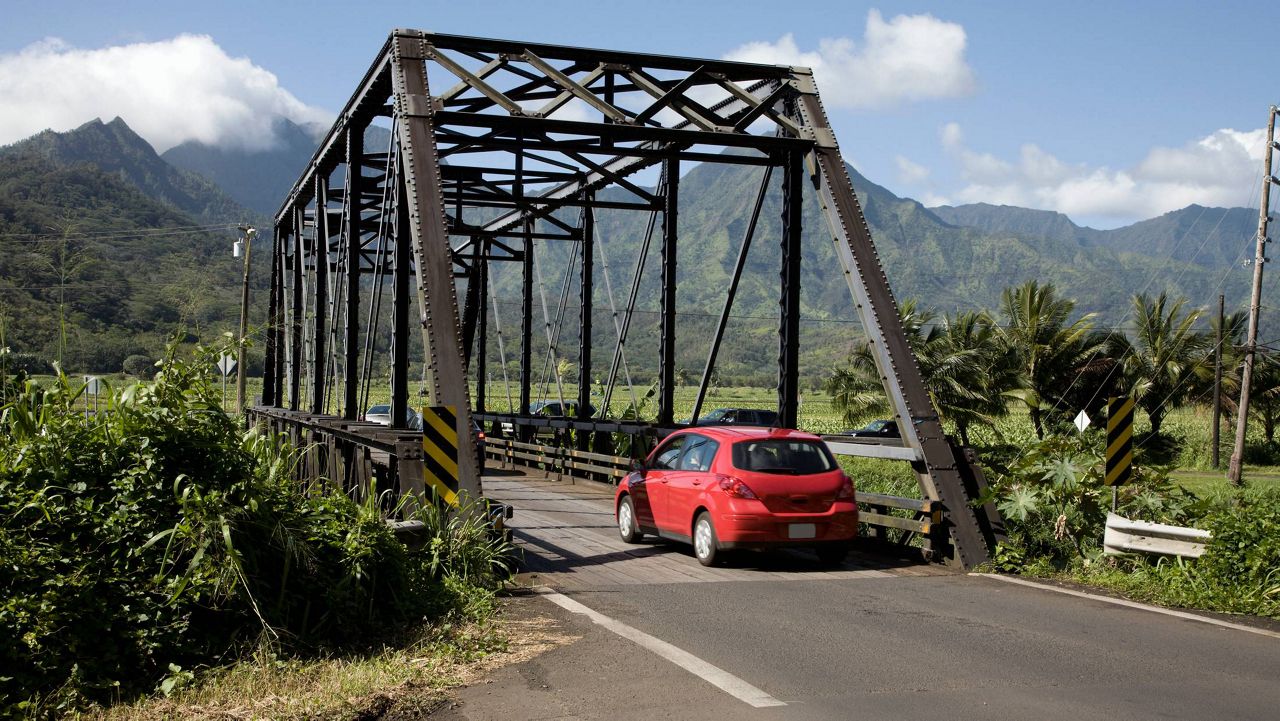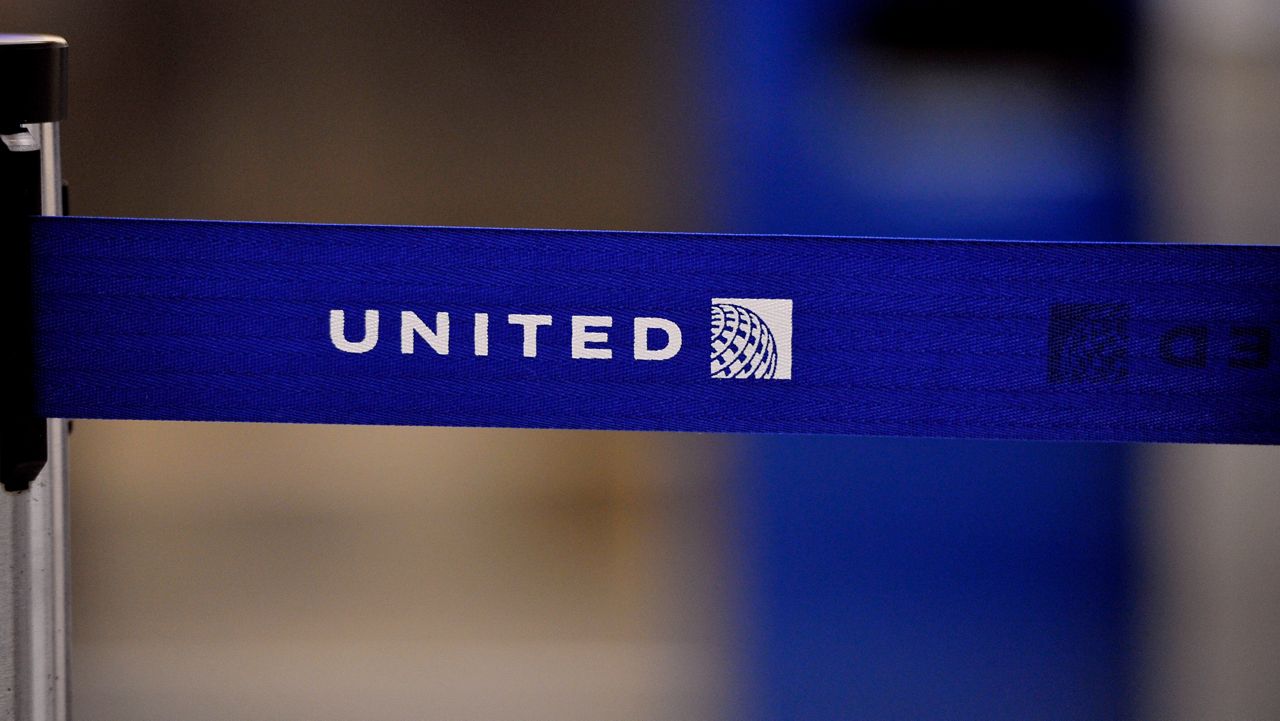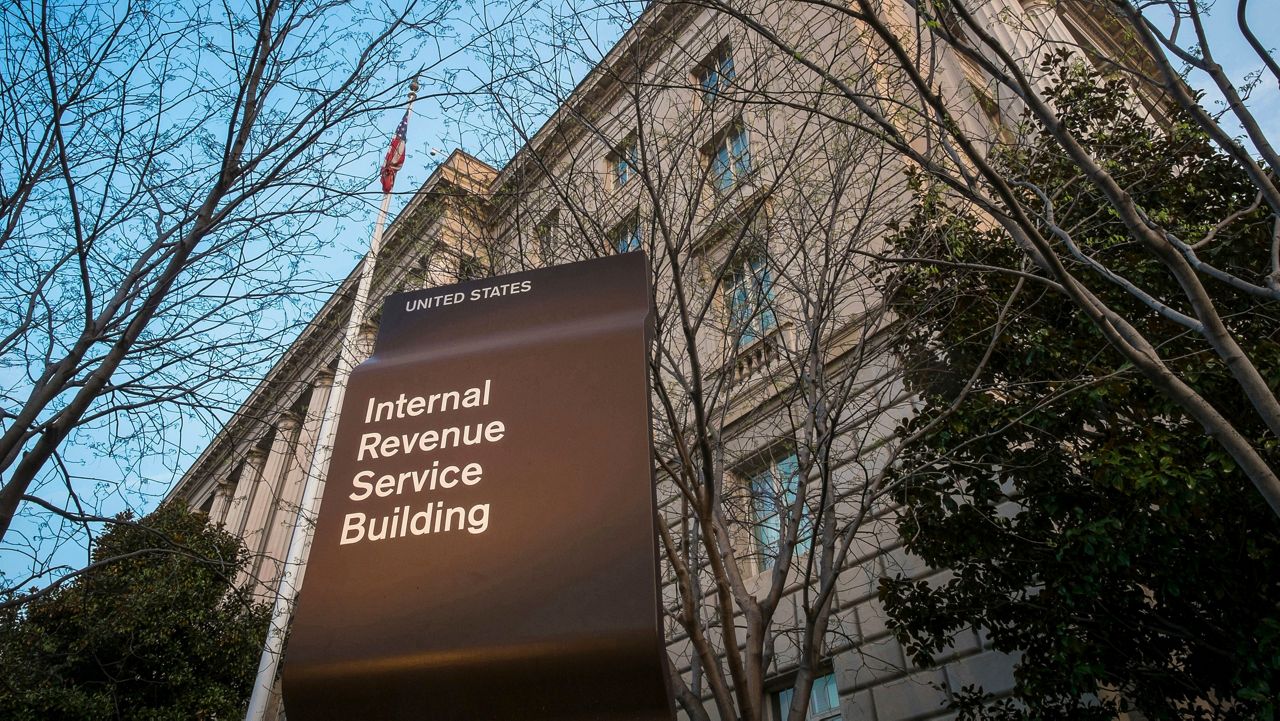The Environmental Court on Thursday further limited the amount of water Alexander & Baldwin and East Maui Irrigation Company, a subsidiary, are allowed to divert from East Maui streams.
A&B is now allowed to divert 20 million gallons of water per day. A ruling in July 2021 had already reduced the amount of water from 45 to 25 million gallons of water per day.
Since the late 1800s, A&B has diverted billions of gallons of East Maui’s waters for sugar plantations, which were all shut down as of 2016. However, the water continues to be used by other agricultural ventures. In 1986, A&B’s long-term lease to divert water expired, and since then, BLNR has allowed A&B to use state land to divert water with short-term permits that have been continuously renewed.
The Environmental Court’s recent decision is part of a battle that Sierra Club is pursuing after requesting a contested case over “temporary” permits that the Board of Land and Natural Resources approved for A&B to divert water from a dozen East Maui streams, according to a press release from the Sierra Club.
In Nov. 2020, Sierra Club requested a contested case hearing regarding the permits that allowed A&B to take 45 million gallons of water from East Maui streams. The BLNR initially denied the Sierra Club a contested case over the permits.
The Sierra Club pursued a legal challenge against the denial. The Environmental Court ruled last year that the BLNR was wrong to deny a contested case hearing, as it is the Sierra Club’s constitutional right. In July 2021, the court told BLNR to promptly hold a contested case and in the meantime said only 25 million gallons of water could be diverted a day.
The court’s latest decision to reduce the water diversion to 20 million will be in place for 45 days or until the BLNR decides in the contested case.
Wayne Tanaka, the Sierra Club of Hawaiʻi Director, told Spectrum News Hawaii in an email that during the court case they have been putting forward evidence that shows the “permits fail to uphold the public trust in water.”
The court’s order on Thursday comes after East Maui Irrigation Company submitted water usage data that showed in 17 out of 27 months more than half of the diverted water has been wasted, according to Tanaka. He said this is largely because A&B has not lined its reservoirs or ditches.
“This is a big deal. This goes to show exactly how important the documentation of water usage is and why we’ve advocated for such data for years,” said Tanaka in the press release. “Over the next 45 days, 225 million gallons of water will no longer be at risk of diversion to fill A&B’s leaky reservoirs and aging infrastructure.”
He added that the water will now go to native forests and downstream communities. The diversion of water has also affected traditional Hawaiian practices, such as kalo farming.
In the next few weeks, BLNR is expected to issue a decision in the contested case hearing.
“We can only hope that the BLNR will uphold its public trust obligations to ensure that the ecological and human needs of East Maui are properly accounted for and protected, and that water diverted from East Maui's streams is no longer allowed to be wasted so egregiously,” said Tanaka to Spectrum News Hawaii.
He added that it is still hard to be optimistic, as in the past BLNR Chair Suzanne Case “has done little but bend over backwards for A&B.”
BLNR representatives told Spectrum News Hawaii they had no comment on the ruling as the contested case is still active. Spectrum News Hawaii also reached out to A&B for comment, but did not immediately receive a response.
In another case regarding East Maui streams, the Hawaii State Supreme Court ruled in March that the state's practice of continuously renewing the “temporary” permits that allowed A&B to divert more than 100 million gallons of water per day from 33,000 acres of ceded lands violated state law.
While the two cases address the same permits, the case that was heard by the Hawaii State Supreme Court was brought by the Native Hawaiian Legal Corporation and addresses different actions regarding the permits. In particular, this case looked at the BLNR’s action in 2014 and whether it should have triggered environmental review requirements. Next, the case will be heard by a lower court, which will decide whether A&B was required to prepare an environmental assessment to comply with the Hawaii Environmental Policy Act for the permits.
Tanaka told Spectrum News Hawaii that the Sierra Club’s contested case hearing may be affected by how the circuit court rules in the Native Hawaiian Legal Corporation’s legal challenge regarding the validity of the permits. He also said that the ruling from the Hawaii State Supreme Court underlines the notion that taking the water for private commercial use is not a protected public trust purpose.
Michelle Broder Van Dyke covers the Hawaiian Islands for Spectrum News Hawaii.









